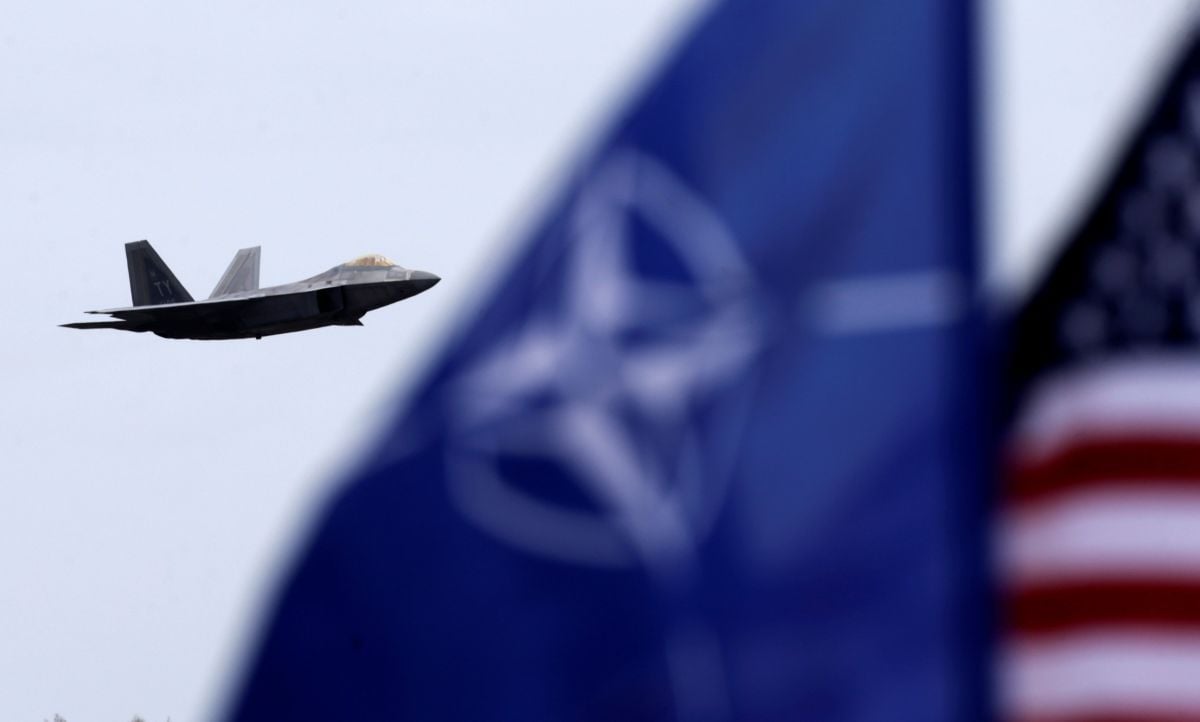
Jens Stoltenberg, the alliance's secretary-general, did not give precise figures, but Sir Adam Thomson, Britain's outgoing permanent representative to NATO, said he thought that the goal was to speed up the response time of up to 300,000 military personnel to about two months, The Times reported.
At present a force of this size could take up to 180 days to deploy.
The troops would act as a "follow-on force" to NATO's existing response force, which can be deployed to a warzone within days. The personnel will come from nations across the alliance.
"We have seen Russia being much more active in many different ways," Stoltenberg said. "We have seen a more assertive Russia implementing a substantial military build-up over many years; tripling defense spending since 2000 in real terms; developing new military capabilities; exercising their forces and using military force against neighbors."
"We have also seen Russia using propaganda in Europe among NATO allies and that is exactly the reason why NATO is responding. We are responding with the biggest reinforcement of our collective defense since the end of the Cold War," said the NATO chief.
Read alsoWSJ: NATO's Baltic deterrent force to be in place by May 2017"We are . . . addressing what we call the follow-on forces," he said. "There are a large number of people in the armed forces of NATO allies. We are looking into how more of them can be ready on a shorter notice." He added that the issue had been discussed at a meeting of NATO defense ministers last month.
After the Soviet Union collapsed, defense budgets in most member states of NATO were slashed and militaries reduced. Most of those forces still in uniform were put on a lower state of readiness. By contrast, Russia has continued to train its military at scale, with exercises of more than 100,000 personnel taking place each year.
Read alsoA powerful Russian weapon: The spread of false stories – NYTNATO is also responding to an increase in espionage, hybrid warfare and cyberattacks by Russia and other non-NATO states. One step has been the creation of an intelligence division, headed by an assistant secretary-general of intelligence.

